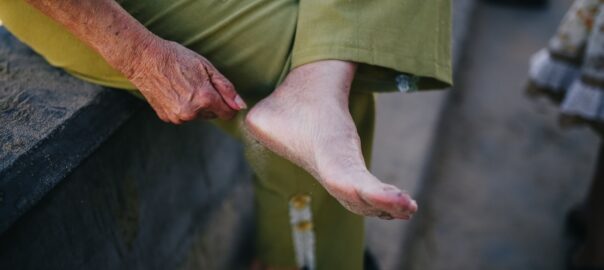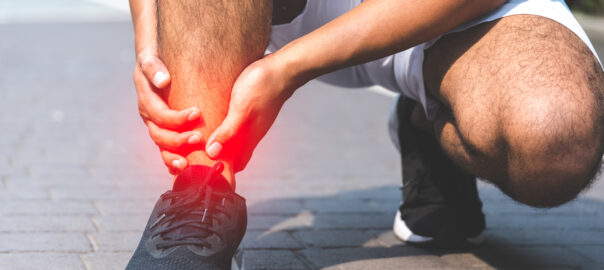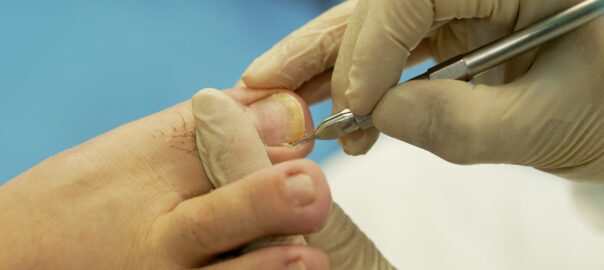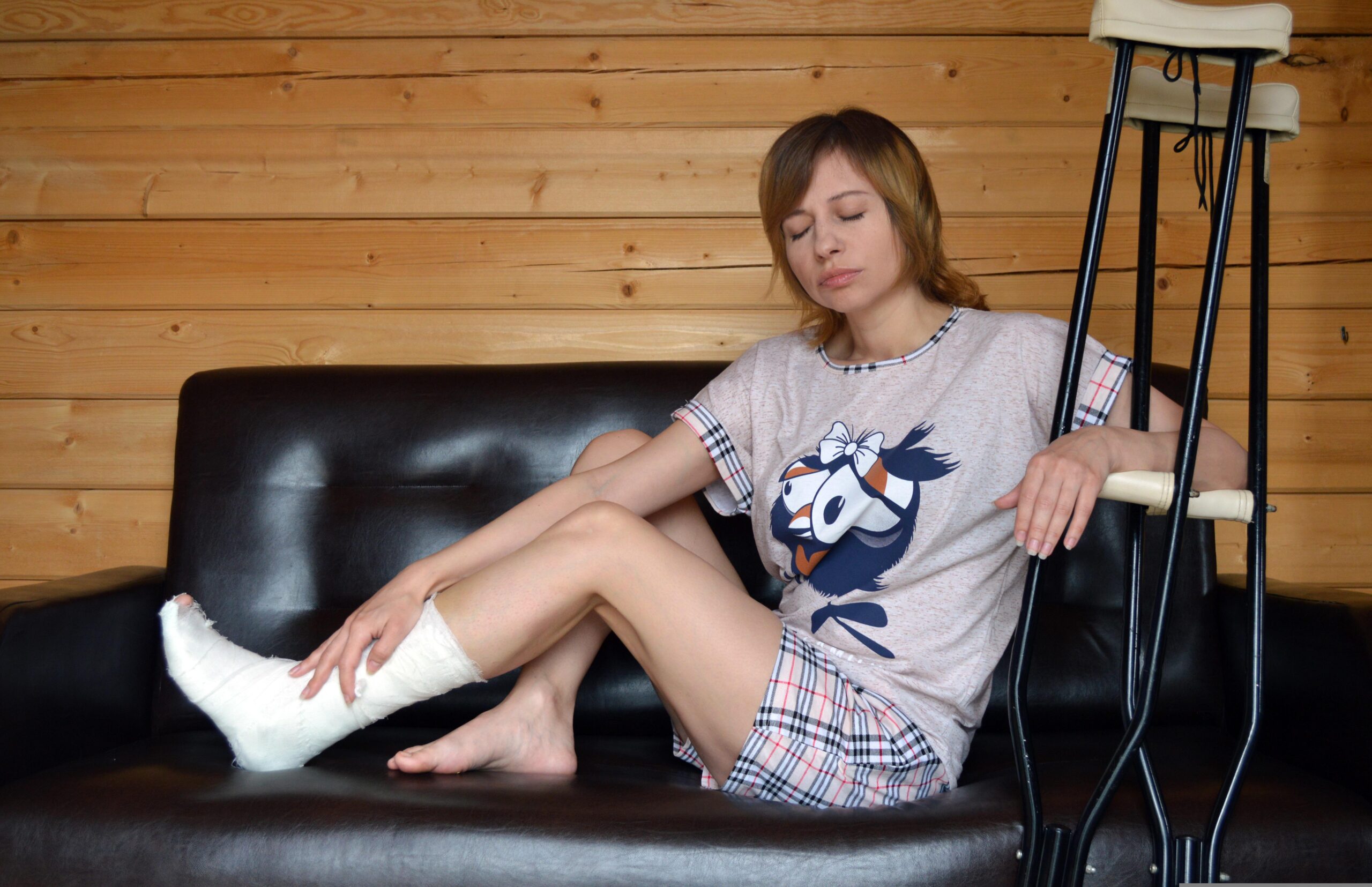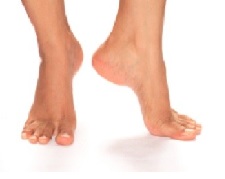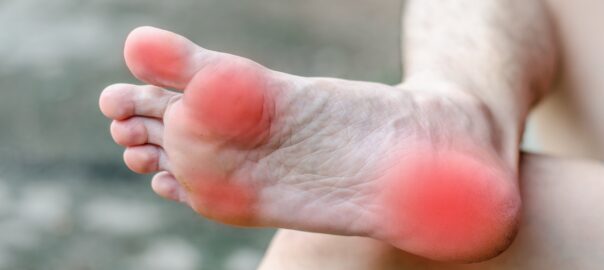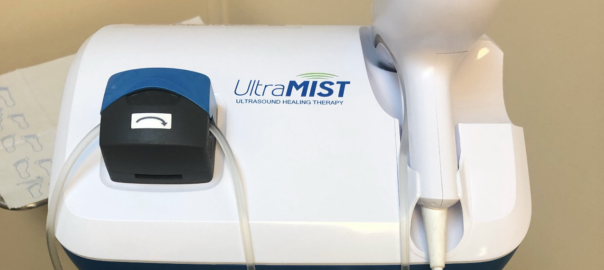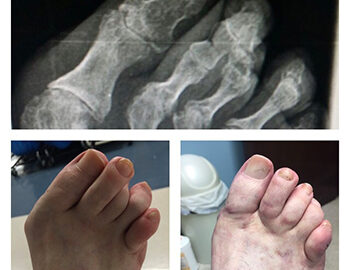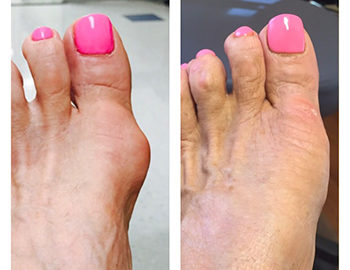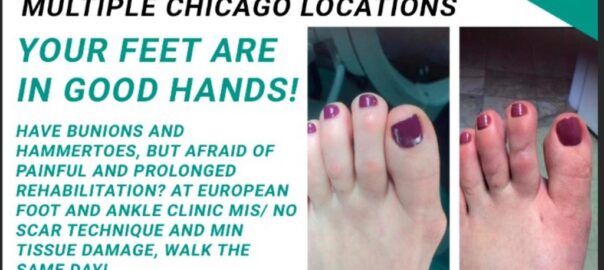Do you have a painful foot corn?
Its time to see a podiatrist for foot corn treatment.
Corn treatment usually involves relieving discomfort and reducing the size of the corn. Here are some common treatments:
- Padding or Insoles: Using pads or insoles can help reduce friction and pressure on the corn.
- Soaking and Moisturizing: Soaking your feet in warm, soapy water softens the corn, making it easier to remove dead skin. After soaking, gently file the corn with a pumice stone or emery board. Applying moisturizer afterward helps keep the skin soft.
- Corn Plasters or Pads: These contain salicylic acid, which helps in softening the corn. Follow the instructions carefully when applying these.
- Shoe Modifications: Wearing properly fitting shoes and avoiding tight or ill-fitting footwear can help alleviate pressure on the corn.
- Medical Intervention: In some cases, a podiatrist or doctor may need to trim the corn using special instruments. They might also suggest custom orthotics or other treatments to address the underlying cause.
Remember, self-treatment can sometimes lead to complications. If you have diabetes, poor circulation, or any condition causing numbness in your feet, it’s essential to seek professional advice before attempting any home remedies.
Call housecall podiatrists at Illinois Mobile Foot Care at 312-998-0974. Our Chicago podiatrists can provide a proper diagnosis based on your symptoms, medical history, and potentially recommend imaging studies or other diagnostic tests to identify the underlying cause and determine the appropriate treatment.






